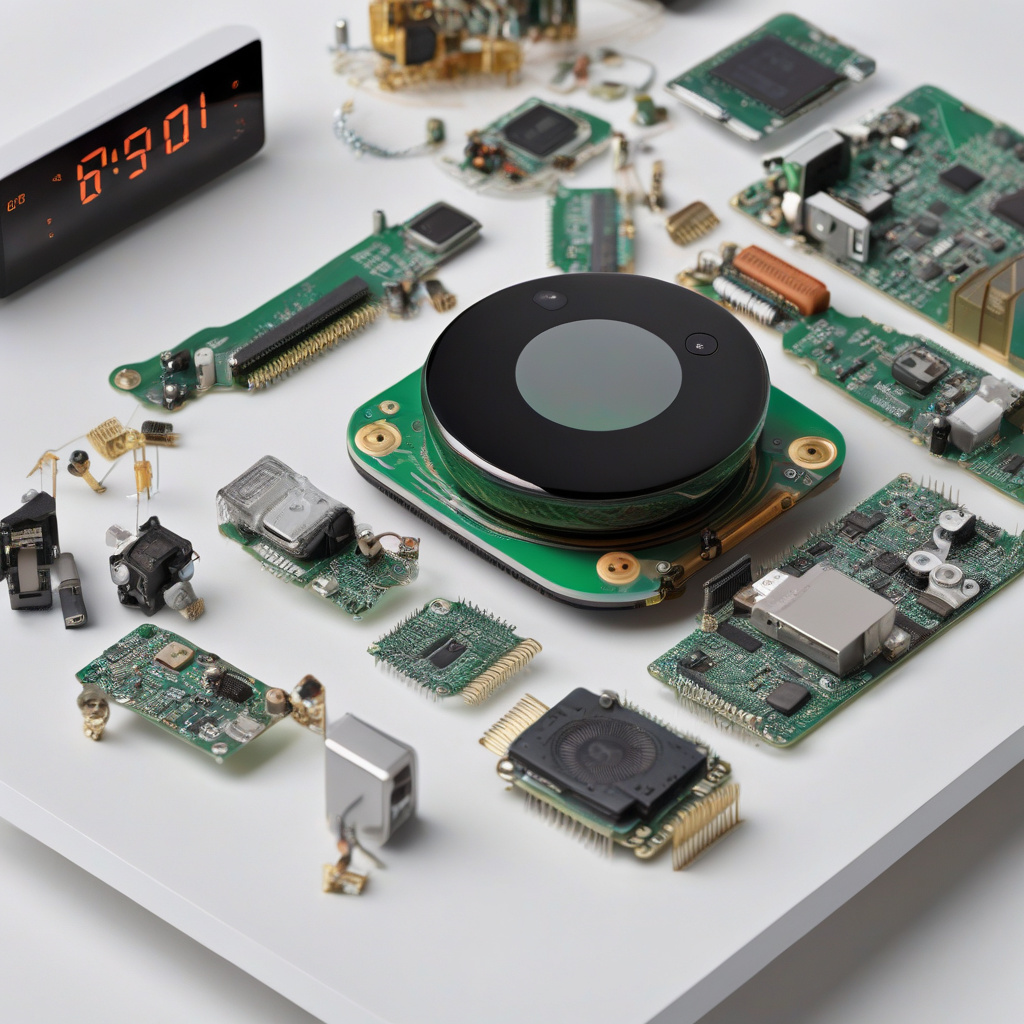Unlocking the Potential of Firmware Over the Air (FOTA) for IoT Devices
In the realm of Internet of Things (IoT), the fusion of hardware and software births devices that seamlessly gather and transmit data across networks and applications. Spanning from sensors to gateways, these IoT devices integrate into our daily lives, from smart appliances to complex industrial machinery. They herald a new era where connectivity and automation converge to solve real-world challenges like asset tracking, infrastructure management, and industrial automation.
Ensuring the optimal performance of these IoT devices is paramount for companies delivering IoT solutions. Managing a vast array of devices scattered globally necessitates constant monitoring and updates. Enter Firmware Over the Air (FOTA), a game-changer in the IoT landscape. FOTA enables remote firmware upgrades without the need for physical intervention, ensuring devices stay current with bug fixes, security patches, and new features throughout their lifecycle.
FOTA plays a pivotal role in the seamless operation of IoT devices, particularly considering their low-power, memory-constrained nature and widespread deployment. It empowers IoT solutions by facilitating uninterrupted data flow, a critical component in delivering value to end-users. As IoT continues to evolve, FOTA emerges as a cornerstone technology, driving efficiency and enhancing user experience in the dynamic world of interconnected devices.
The Significance of FOTA in IoT Ecosystem
Imagine a scenario where a fleet of IoT devices spread across geographically diverse locations requires immediate firmware updates to address security vulnerabilities. Traditional methods involving manual interventions would be impractical and inefficient. Here is where FOTA steps in, offering a streamlined approach to manage and update IoT devices remotely, ensuring operational continuity and data integrity.
FOTA not only simplifies the deployment of firmware updates but also minimizes downtime and operational disruptions. By eliminating the need for physical access to devices, FOTA optimizes resources, reduces costs, and enhances scalability. This innovative approach to firmware management empowers companies to deliver seamless IoT solutions, enhancing overall performance and user satisfaction.
In the age of rapid technological advancements, staying ahead of the curve is imperative for businesses striving to deliver cutting-edge IoT solutions. FOTA emerges as a strategic enabler, bridging the gap between device management and user experience. Its ability to update firmware over the air underscores its significance in the IoT ecosystem, offering a glimpse into the future of connected devices and intelligent systems.
Embracing FOTA: A Paradigm Shift in IoT Device Management
As the IoT landscape continues to expand, the adoption of FOTA represents a paradigm shift in device management strategies. By embracing FOTA, companies can proactively address security vulnerabilities, enhance device performance, and introduce new features seamlessly. This proactive approach not only ensures the longevity of IoT devices but also fosters innovation and agility in response to evolving market demands.
Moreover, FOTA enables companies to deliver a superior user experience by ensuring that devices are always up-to-date with the latest firmware versions. This not only enhances device functionality but also safeguards against potential cybersecurity threats, a critical consideration in today’s digital age. By integrating FOTA into their IoT solutions, companies can stay ahead of the curve and deliver unparalleled value to their customers.
In conclusion, Firmware Over the Air (FOTA) represents a transformative technology in the realm of IoT device management. Its ability to facilitate remote firmware updates, enhance operational efficiency, and ensure seamless data flow underscores its significance in the ever-evolving landscape of interconnected devices. By leveraging FOTA, companies can unlock new possibilities, drive innovation, and deliver unparalleled user experiences in the dynamic world of IoT.

